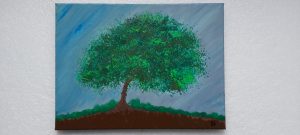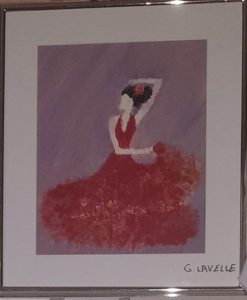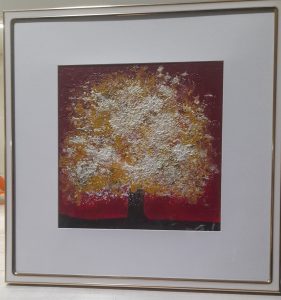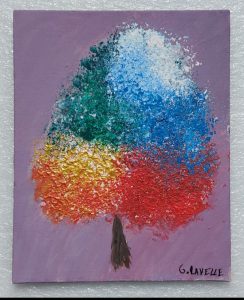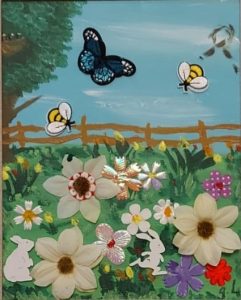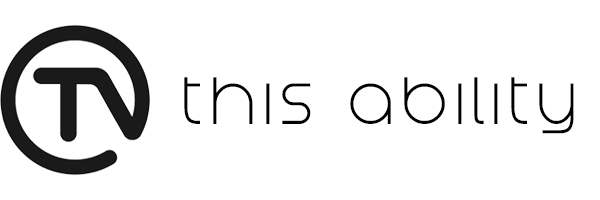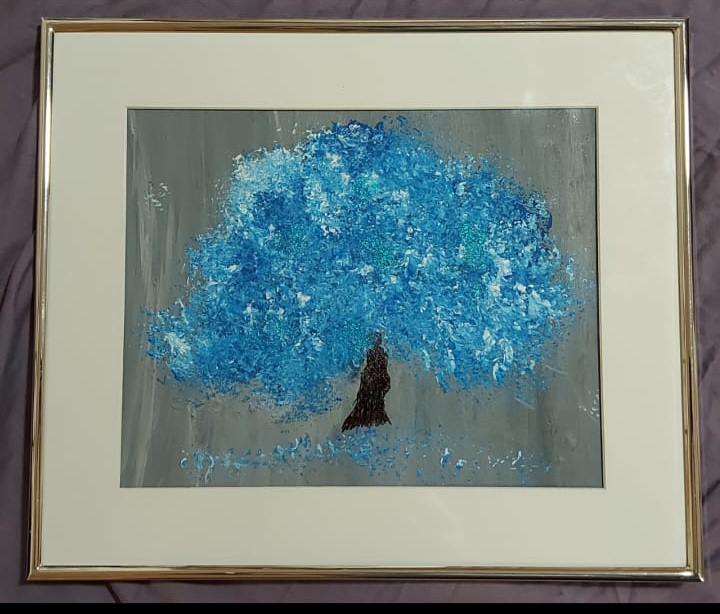It might sound too good to be true, but simply engaging in creative behaviours (even just colouring in trendy adult colouring books or doodling) improves overall health. A creative act such as crafting can nhelp focus the mind and has even been compared to meditation due to its calming effects. on the brain and body
Embracing your creative energy goes along way by improving brain function, mental health and physical health.
If the activity at hand happens to be something we enjoy and we’re good at, we achieve a flow mental state — and it can leave us feeling ecstatic, motivated and fulfilled. Popularized by positive psychologists Mihaly Csikszentmihalyi and Jeanne Nakamura, “flow state’ describes a feeling where, under the right conditions, you become fully immersed in whatever you are doing. It’s the state you get in when you’re completely absorbed in something and completely lost all sense of self and time. Repetitive creative motions like knitting, drawing, or writing help activate flow, and are all tasks that create a result. It boosts your mood, reduces anxiety, depression and stress and even slows your heart rate.
And when you succeed at creating a result, no matter what it is, your brain is flooded with dopamine, that feel-good chemical that actually helps motivate you. Whether or not you’re aware of your increased happiness, the hit of dopamine you get after being in flow will drive and influence you toward similar behaviour. Gardening or sewing for example releases dopamine, this natural anti-depressant.
Flow state can also help you process trauma.
Studies have found that writing helps people manage their negative emotions in a productive way, and painting or drawing helps people express trauma or experiences that they find too difficult to put into words. Led by specialists trained to work with people who have experienced traumatic situations, art therapy aims to help individuals externalize their emotions and learn to cope with distressing memories through art, such as painting or sculpture. Art therapy can help individuals diagnosed with Post Traumatic Stress Disorder overcome their symptoms and begin to leave their distressing experiences behind by using art projects strategically.
The human mind can process up to 120 bits of information per secondbased on the information it gathers through perception, judgment, reasoning, and recognition in order to constantly create and adjust concepts of itself and the external world. Psychologists Csikszentmihalyi and Nakamura concluded by interviewing a variety of self-actualized, high-performing people: including mountain climbers, chess players, surgeons, and ballet dancers that when we’re challenging ourselves with a task, our mind reaches full capacity. A healthy human brain possesses more than 100 billion nerve cells (each of which might possess up to 10,000 connections with other neurons) dedicated to cognition alone. Cognitive processes determine people’s attention, executive function, memory, emotion recognition, and emotional biases. Thus, creativity effective treatment for patients with dementia.
Studies have shown that creative engagement can help people with dementia tap back into their personalities and sharpen their senses.
Music lovers, this one’s for you. Studies show that people who play instruments have better connectivity between their left and right brain. The left brain is responsible for the motor functions, while the right brain focuses on melody. When the two hemispheres of your brain communicate with each other, your cognitive function improves.
